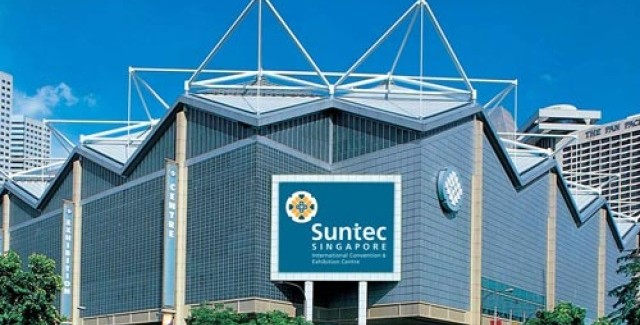BREAKTHROUGH IN SCALABILITY AND EASY INSTALLATION FOR LTE NETWORK RADIO SYSTEMS TO BE UNVEILED AT LTE ASIA
HUBER + SUHNER to showcase MASTERLINE range of unique hybrid fibre and power solutions
HUBER + SUHNER, world leaders in wireless infrastructure for LTE/4G networks, is using this week’s LTE Asia in Singapore to showcase its latest unique developments in hybrid installation systems for linking remote radio heads (RRH) to base stations.
The MASTERLINE portfolio meets the needs of hard pressed mobile network operators (MNOs) who are battling to keep pace with unparalleled levels of demand as the Asian market sees data rates rising daily. The range, made up of the MASTERLINE Extreme and the MASTERLINE Classic Hybrid, with its flagship solution, the MASTERLINE Ultimate Hybrid, which makes installation on the mast even more efficient and simpler than ever before.
HUBER + SUHNER has already witnessed great success in the Asia Pacific region as it currently supplies significant volumes of its MASTERLINE Extreme Hybrid and MASTERLINE Ultimate Hybrid into three of the top tier carriers in the region. Furthermore, the company has very recently completed further successful trials in Indonesia, Malaysia and China.
“We are seeing explosive demand on LTE networks worldwide and MASTERLINE’s sheer scalability, quick and easy installation and future proof technology has already seen us capture a major slice of the US and European markets,” said Drew Martin, Global Product Market Manager FTTA at HUBER + SUHNER.
“We are now bringing this dynamic solution to Asia – where growth and demand is being seen as never before. This week the operators will get their first chance to see what can now be delivered as they look to meet a scalability challenge unequalled in the history of this industry.”
Remote radio systems reduce the energy consumed by the network by up to 30%, depending on the system configuration, and improve network quality and network coverage respectively as signal losses have been eliminated in the corrugated cables. Additionally, a further advantage of remote radio systems is the use of optical connections, referred to as FTTA (Fibre-to-the-annetena), to link the RRH to the base station. Conventional systems offer distances up to 100m, however optical Ethernet transmits the digital data between the base station and RRH virtually loss-free and permits distant of up to 20km. Consequently, base stations can be centrally housed in more inexpensive telecommunications rooms and network planning is rendered more flexible and modular.
If you are attending LTE Asia and would like to meet Drew Martin, then please contact Dana Corson at dana.corson@proactive-pr.com. For more information about HUBER +SUHNER’s hybrid fibre and power solutions, please visit http://www.wireless-infrastructure.com/.






